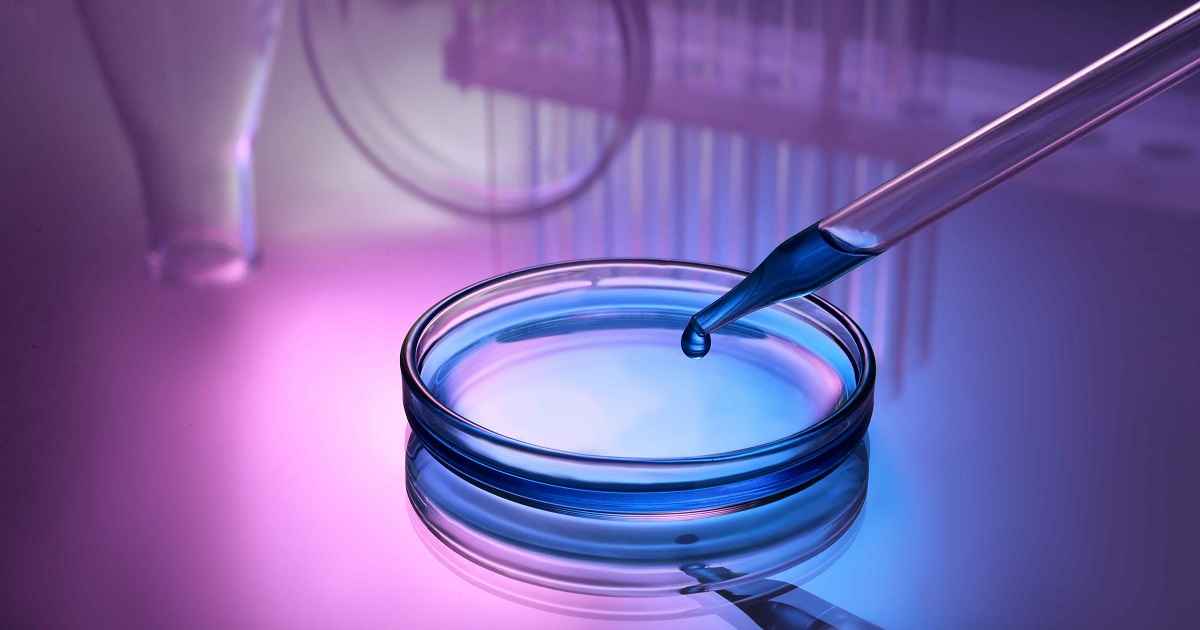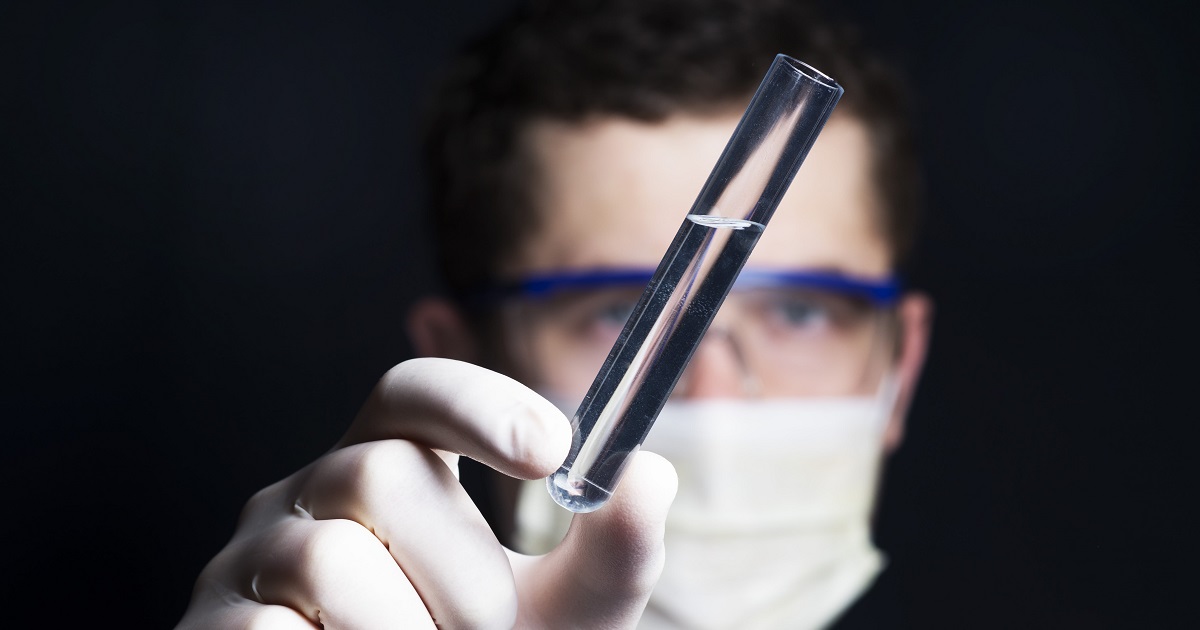
Chemical Management
LyondellBasell | January 24, 2024
LyondellBasell (LYB), a global leader in the chemical industry, is proud to announce the release of a cross-linkable, all-in-one flame-retardant compound, Petrothene T3XL7420, which is expected to deliver considerable cost savings while streamlining manufacturing processes. This new product offering also improves the quality of end products for wire producers in the automotive and appliance industries. Based on customer demand and industry need, LyondellBasell designed this innovative compound to address the need to optimize production line speeds and enhance manufacturing efficiency.
Petrothene T3XL7420, is specifically formulated for use in Society of Automotive Engineers (SAE) primary wire applications, International Organization for Standardization (ISO) thin wall applications, and Underwriters Laboratories (UL) and Canadian Standards Association (CSA) appliance wire. Petrothene T3XL7420 offers several benefits that make it an attractive option for wire producers, including enhanced cure kinetics, increased stiffness for easier small gauge wire assembly and better barrier performance compared to other Petrothene XL.
"Developing innovative solutions to address the ever-evolving needs of our customers is an important aspect of how we operate and continue to grow our market share," said Palmer Giddings, vice president Polyolefins at LyondellBasell. "Providing cost effective and efficient solutions that are UL and CSA certified, gives us a market advantage for this one-of-a-kind solution."
Petrothene T3XL7420 has undergone rigorous testing and certification processes to ensure its quality and reliability. With this latest development, LyondellBasell reinforces its position as a leading provider of innovative solutions for the wire and cable industry and expects this compound to become the product of choice for a wide range of automotive and appliance wiring applications.
About LyondellBasell
We are LyondellBasell – a leader in the global chemical industry creating solutions for everyday sustainable living. Through advanced technology and focused investments, we are enabling a circular and low carbon economy. Across all we do, we aim to unlock value for our customers, investors and society. As one of the world's largest producers of polymers and a leader in polyolefin technologies, we develop, manufacture and market high-quality and innovative products for applications ranging from sustainable transportation and food safety to clean water and quality healthcare.
Read More

Chemical Management
Infinium | January 25, 2024
Leading eFuels provider Infinium and Amogy Inc. ("Amogy"), a pioneer of carbon-free, energy-dense power solutions, have entered into a memorandum of understanding (MOU) to explore opportunities to integrate their technologies and develop commercial applications across the eFuels and green ammonia value chain. Infinium and Amogy are also exploring collaborations with both Mitsubishi Heavy Industries (MHI) Group and SK Innovation for deployment of the integrated solution.
To accelerate the decarbonization of heavy industry sectors, the companies will jointly study and identify the most suitable applications to deploy their eFuels and green ammonia solutions. A key focus of this collaboration is the potential integration of Amogy's ammonia-cracking technology to provide low-cost, accessible green hydrogen feedstock as an input to produce Infinium's eFuels.
Infinium eFuels, also known as electrofuels or Power-to-X, are made from green hydrogen and waste carbon dioxide (CO2) in a proprietary process. Amogy's ammonia-cracking technology leverages its state-of-the-art catalyst materials to crack ammonia into hydrogen and nitrogen at lower reaction temperatures with high durability, reducing heating and maintenance requirements.
Upon identifying promising applications, Infinium and Amogy will initiate strategic pilot programs, showcasing tangible and scalable implementations of their clean technology solutions. The partnership also entails the evaluation of additional opportunities for collaboration within the eFuels and ammonia spaces, with a focus on the development of commercial use cases.
"Ingenuity and collaboration are critical to creating decarbonization solutions today. Our partnership with Amogy will go a long way toward helping advance our ability to rapidly scale the production of ultra-low carbon Infinium eFuels, including eSAF, eDiesel and eNaphtha," said Robert Schuetzle, CEO at Infinium.
"We are thrilled to forge this alliance with Infinium. By uniting our expertise and resources, we aim to unlock innovative opportunities that will pave the way for sustainable solutions," says Seonghoon Woo, CEO of Amogy. "This partnership reflects a shared commitment to accelerating technologies that can contribute to the reduction of carbon emissions in the heavy industry sectors."
Mitsubishi Heavy Industries (MHI) has invested in both Infinium and Amogy and is exploring potential collaboration for new solutions and applications in energy sector project development.
"Decarbonizing heavy industries requires numerous approaches that can concurrently and collaboratively help mitigate greenhouse gas emissions," said Ricky Sakai, Senior Vice President of New Business Development at MHI of America. "We are excited to see how Amogy's emission-free, energy-dense ammonia solution and Infinium's proprietary eFuels production process might be aligned to overcome challenges and accelerate the global availability of commercial decarbonization solutions."
SK Trading International (SKTI) invests in solutions that contribute to addressing climate change and environmental pollution and is an investor in Infinium while its parent company SK Innovation has invested in Amogy.
"Our global goals to slow the warming of the planet require significant efforts so they can quickly scale, find synergies, and explore new pathways," said Hyunchol Park, Managing Director and Head of Global Trading at SKTI. "Infinium and Amogy are leaders in their progress and proven solutions, and I believe their partnership will result in the identification of breakthrough opportunities to expand and grow access to cleaner fuels."
About Infinium
Infinium is an electrofuels provider on a mission to decarbonize the world. Electrofuels are a new class of synthetic fuels made using renewable power and waste carbon dioxide, not petroleum or resources needed to produce food. Infinium electrofuels can be dropped into existing trucks, planes and ships, significantly reducing harmful carbon dioxide emissions compared to fossil-based fuels. In addition to helping the transport industry meet carbon reduction goals, Infinium electrofuels are a lower carbon alternative for chemical processing, including plastics production.
About Amogy
Founded in 2020, Amogy is on a mission to unlock the potential of ammonia as a clean energy source, accelerating the global journey to Net Zero and sustaining future generations. With a presence in Brooklyn, Houston, Norway, and Singapore, Amogy is developing fully integrated ammonia-to-power systems to enable the decarbonization of the hard-to-abate sectors, such as shipping, power generation, and heavy-duty transportation.
Read More

Chemical Management
LyondellBasell | February 02, 2024
LyondellBasell and MSI Technology, LLC announced they have entered into an agreement for MSI Technology to serve the LyondellBasell Polybutene-1 (PB-1) resin line into consumer packaging applications for North America. MSI Technology is also the sales representative for the LyondellBasell Plexar product line. The expansion of the relationship is a strategic fit relative to the markets MSI Technology serves today. MSI Technology will use its technical sales approach combined with its current specialty product portfolio to enhance offerings to customers in consumer packaging.
LyondellBasell PB-1 resins are commonly used in consumer packaging applications for easy-open packaging and film modification for seal initiation temperature providing
Broad seal-peel temperature range
Consistent and reproducible peel performance
Adjustable peel force to end-use requirements
Similar initiation and propagation peel force
"Whitening" with "Smooth & Clean" peel surface
Good seal integrity
Easy processability
Usable in blown film, cast film, extrusion coating and sheet extrusion
"At LyondellBasell, we're passionate about creating solutions for everyday sustainable living," said Palmer Giddings, vice president Polymers at LyondellBasell. "Collaborating with MSI Technology on innovative packaging solutions is a major step forward in achieving that goal."
"We are thrilled to expand our collaboration with LyondellBasell," said Brian McCaghy, president of MSI Technology. "The PB-1 resins align perfectly with our mission to provide specialty polymers and solutions to the packaging industry."
The PB-1 resin line is part of MSI Technology's product offerings. The company also provides clients with access to dedicated sales and technical service specialists who provide guidance on technical resin selection to meet customer requirements.
About LyondellBasell
We are LyondellBasell – a leader in the global chemical industry creating solutions for everyday sustainable living. Through advanced technology and focused investments, we are enabling a circular and low carbon economy. Across all we do, we aim to unlock value for our customers, investors and society. As one of the world's largest producers of polymers and a leader in polyolefin technologies, we develop, manufacture and market high-quality and innovative products for applications ranging from sustainable transportation and food safety to clean water and quality healthcare.
About MSI Technology, LLC
MSI Technology specializes in the sales, marketing, and development of specialty polymers. Our product lines include: Plexar tie-layer adhesives (manufactured by LyondellBasell), SPS peelable sealants, and SpeciPurge purging compound. MSI Technology and its sister company, Soarus LLC, are located in Arlington Heights, IL. Soarus markets Soarnol™), ethylene vinyl alcohol copolymer (EVOH), (manufactured by Mitsubishi Chemical Group) into North and Latin America. The two companies together provide sales and technical service for specialty polymers focused on the packaging market.
Read More